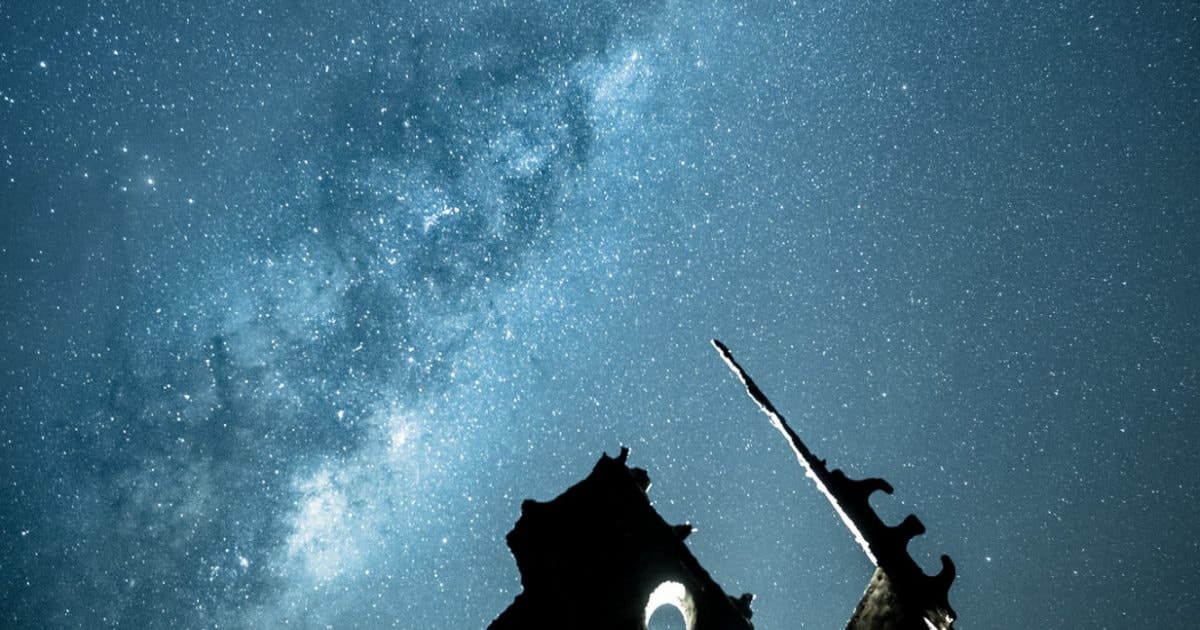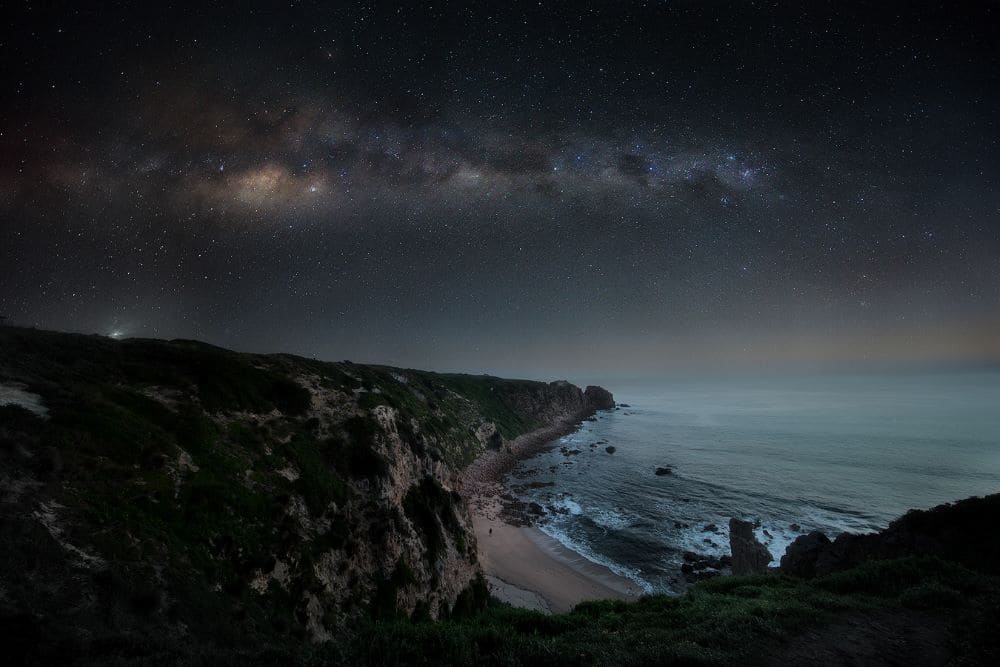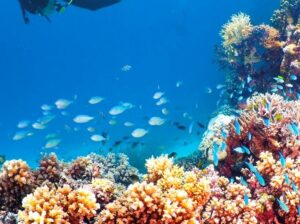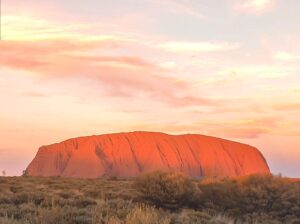Have you ever stopped to think how it is possible to portray the majestic beauty of the night sky? This night photography would appear to be too overwhelming even to the starters. However, with such simple methods and equipment, it is possible to experience the magic of Phillip Islands in the dark. This article will cover a number of useful suggestions that will allow you enjoy night photography fully. From getting to know more about the elements of the night sky to arachneanship of camera controls, below we give it all to you. Come on, grab your camera and prepare yourself to step into a whole new world of photography!
Getting Familiar with Night Photography

The Stunning Phillip Island Night Skies
Phillip Island, its scenery is easily pleasing to the eye and head, is famed for its natural resources and clear open visible night skies. When the night sets in, the island is nothing less than a picture filled with stars, planets and all other astronomical movements which indeed can’t be overlooked. The clean surroundings give one an opportunity to engage in night photography seeking the stars, twilights and landscapes. Other notable places like Cape Woolamai and the Nobbies provide great scenic back drop in addition to the star fields.
The glorious season for picture taking is winter and early spring as far as precision is concerned about the daytime light levels, lower pollution and clearer skies are both gathered. Go face the night with lots of patience and an adventurous attitude since there’s always a picture begging to be shot.

Equipment Essentials for Night Photography
As you would imagine, all that work would go in vain if you do not have the right equipment to face the night sky. Below is a list of basic equipment that you will need for your night photography adventure:
- Camera: A DSLR or mirrorless camera for ease of use and good end results.
- Lenses: A wide-angle lens is suitable since more sky and the foreground can be encompassed, while a telephoto for getting shots of the objects that are further away in the sky.
- Tripod: A durable tripod is a fundamental apparatus used to create stability for the device in cause of prolonged exposures.
- Remote Shutter Release: This device will help control the problem of camera shake especially when the shutter is kept open for a longer time.
Techniques for Capturing Stunning Night Photos
Camera Settings for Night Photography

After all that preparation, also remember that the camera must be set up appropriately in order to get wonderful pictures. Here’s a short, step by step outline of settings that are usually recommended for use:
- ISO: Use low as possible iso level in consideration of noise suppression but sufficient for sensitization.
- Aperture: Open wide (f/2.8 – f/4) to take in more light.
- Shutter Speed: How about you go for long exposure times since you want to avoid fraction of the light, but also remembering the 500 rule not to be incorporate star trails.
- White Balance: Try to hush and balance the light changes with the camera settings, some effect could be better darkening a cooler sky.
Common Mistakes and How to Avoid Them
Even the most seasoned of photographers can fall short when working with only a million stars in the sky. Here’s a comparison table that outlines common pitfalls:
| Mistake | Solution |
|---|---|
| Overexposure | You can consider using a lower ISO setting and using shorter exposure times. |
| Blurry Images | The only trick to avoid camera shaking and taking blurry images will be always use a tripod. |
| Light Pollution | Look for places that are secluded and away from the busy areas of the towns where there are illumination. |
Post-Processing Night Photography
Editing Software for Night Photography

Every one of us agrees that post-processing is essential for bettering night images even with equipment likely to give good images. Most of the popular editing software used such as Lightroom and the more famous Photoshop contains tools and features that can be helpful in editing images. The basic image practices will be increasing and decreasing light upon the clouds, dark areas, and corners and removing other color out of the object more importantly the black more so when the sky is bright. Noise shift should be employed strategically as this has the importance of increasing the quality of an image. Making decision on purchasing a decent editing software program can determine what kinds of results one gets from practicing night photography.
Let your imagination run wild in terms of the look that you want to achieve and more so the capturing of the image!
Conclusion
When it comes to taking pictures of the universe, Phillip Island is a wondrous haven for photographers of all sundry skill levels. Equipped with the right gear and skills, and some processing in the end, it is easy to capture amazing shots that exude the magnificence of the night. Never forget that the process is as essential as the outcome, therefore, practice as much as you can and when you feel like the time is right to try night photography of the starlit skies., do it. As you go out into the world, consider taking pictures at night of the deep blue skies filled with stars. Not only will the practice enable you enhance your skills but it will also cultivate your love for mother nature. It is important to promote the practice of sharing night photography as well as the results and processes in a creative and explorative community.
FAQs
When is the best time of year for night sky photography on Phillip Island?
For Phillip Island, the night sky is best captured during the months of June to August where there are clearer skies for viewing the stars minus the interference from light masses.
Is a special camera for night phototaking necessary?
It is understandable why most people choose SLR and mirrorless cameras, but considerable image quality can also be achieved with advanced compact camera systems or smartphones that have manual controls.
How can I avoid excessive grain or noise in my night photos?
The general rule is to set the ISO value of the camera as low as possible to prevent noise during digital image creation, exposure time, and aperture compensating for it as much as every other parameter. In addition, I roughly edit them in Lightroom and apply noise reduction to the images that need it.
Can a tripod be considered an optional accessory while shooting pictures in such poorly lit situations like during the nighttime?
Absolutely, I can’t imagine shooting at night without a tripod as it steadies the camera to avoid movement blur produced while taking long exposure shots.
Why Phillip Island is useful for Night photography?
Some of the recommended points to visit are also Cape Woolamai, Penguin Parade area, Nobbies etc that have wonderful sceneries and have clean dark skies which is quite good for night photography.


